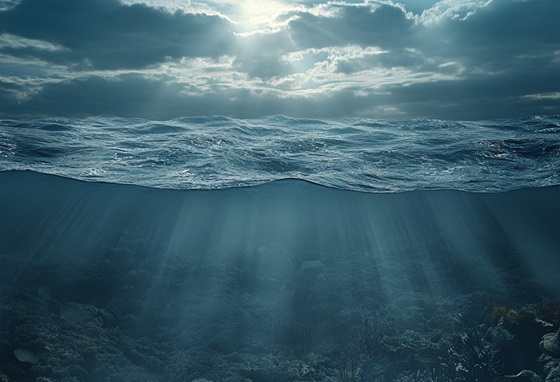Nauticus Robotics has completed the qualification testing of its Aquanaut Mark 2 underwater vehicle and commenced commercial operations in the Gulf of Mexico. The company announced that Vehicle 2, which underwent testing at a decommissioned field off the Louisiana coast, is now conducting commercial inspection work at a nearby production site.
The testing demonstrated the vehicle’s autonomous capabilities, including flyover surveys, leak detection, obstacle avoidance, and visual inspections, all without the need for a tether. The vehicle successfully executed mid-mission updates via acoustic communication and transmitted subsea images to surface operators for asset verification.
Nauticus emphasized that this transition from qualification to commercial use represents a critical step in its operations. The company plans to continue analyzing performance data to enhance future campaigns. Daniel Dehart, Nauticus’ VP of Field Operations, highlighted that the successful testing has garnered significant customer interest by providing high-quality, untethered subsea inspection results. Aquanaut Mark 2 is part of a broader effort by Nauticus to advance autonomous subsea technology, leveraging its proprietary ToolKITT software for efficient, autonomous operations.
In partnership with SeaTrepid, Nauticus is working to integrate autonomy into remotely operated vehicles (ROVs). Bob Christ, CEO of SeaTrepid, noted that autonomy enhances technician efficiency and improves safety, cost-effectiveness, and emissions reduction. John Gibson, Nauticus’ CEO and President, expressed confidence in their ability to rapidly deliver autonomy solutions for ROVs.
Nauticus Robotics focuses on developing autonomous systems for ocean industries, incorporating advanced sensors, artificial intelligence, and decision-making algorithms. The company’s approach aims to reduce operational costs, enhance data collection, and support the maintenance of subsea infrastructure while minimizing environmental impact.

